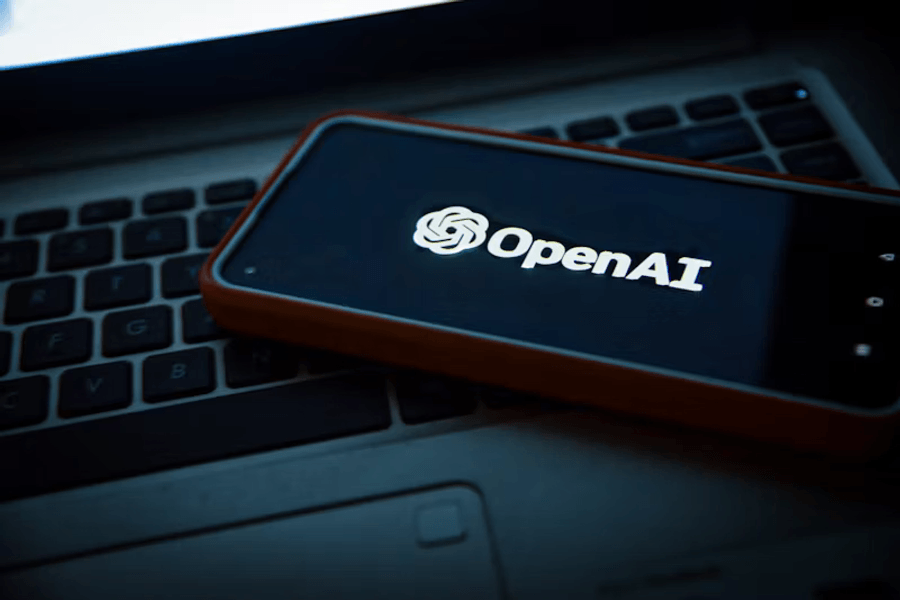· articles · 3 min read
Getting started with the ChatGPT API.
As an AI language model, ChatGPT can generate natural language text in response to prompts given to it.

Introduction
As an AI language model, ChatGPT can generate natural language text in response to prompts given to it. The ChatGPT API allows developers to integrate this powerful technology into their own personal projects, whether it be a chatbot, an automated customer support system, or a text-generation tool.
In this blog post, we will walk through the steps for using the ChatGPT API in personal projects.
Step 1: Get an API Key
The first step to using the ChatGPT API is to get an API key. This is a unique identifier that allows you to access the API and use its functionality. You can sign up for an API key on the OpenAI website by creating an account and following the instructions provided.
Step 2: Choose a Programming Language and Framework
The next step is to choose a programming language and framework that you are comfortable with. The ChatGPT API supports a variety of programming languages including Python, JavaScript, Ruby, and more. You will also need to choose a web framework for building your application.
Step 3: Install the OpenAI API Client
Once you have chosen your programming language and framework, you can install the OpenAI API client. The client provides a convenient interface for accessing the ChatGPT API. You can install the client using your language’s package manager.
For example, if you are using Python, you can install the OpenAI API client by running the following command:
pip install openai
Step 4: Set Up Your Environment
Before you can start using the ChatGPT API, you will need to set up your environment. This involves importing the OpenAI API client and configuring it with your API key.
For example, if you are using Python, you can set up your environment by importing the OpenAI API client and configuring it with your API key like this:
import openai
openai.api_key = "YOUR_API_KEY"
Step 5: Send a Prompt to the ChatGPT API
Now that your environment is set up, you can start using the ChatGPT API. The API works by sending a prompt to the model and receiving a response.
For example, if you are using Python, you can send a prompt to the ChatGPT API like this:
response = openai.Completion.create(
engine="davinci",
prompt="Hello, my name is John. What can you tell me about the weather today?",
max_tokens=60,
n=1,
stop=None,
temperature=0.5,
)
print(response.choices[0].text)
In this example, we are sending a prompt to the ChatGPT API asking for information about the weather. The API will respond with a generated text, which we will print to the console.
Step 6: Integrate the ChatGPT API into Your Project
Once you have successfully sent a prompt to the ChatGPT API, you can start integrating it into your project. Depending on the nature of your project, this could involve building a chatbot, creating an automated customer support system, or generating text for a variety of purposes.
Here are a few tips to help you get started:
Keep your prompts simple and focused to get the best results from the ChatGPT API.
Use the various options and parameters provided by the API to fine-tune your prompts and control the output.
Experiment with different programming languages and frameworks to find the best fit for your project.
Conclusion
The ChatGPT API is a powerful tool that can be used in a variety of personal projects. By following the steps outlined in this blog post, you can start using the API in your own projects and take advantage of its natural language generation capabilities.